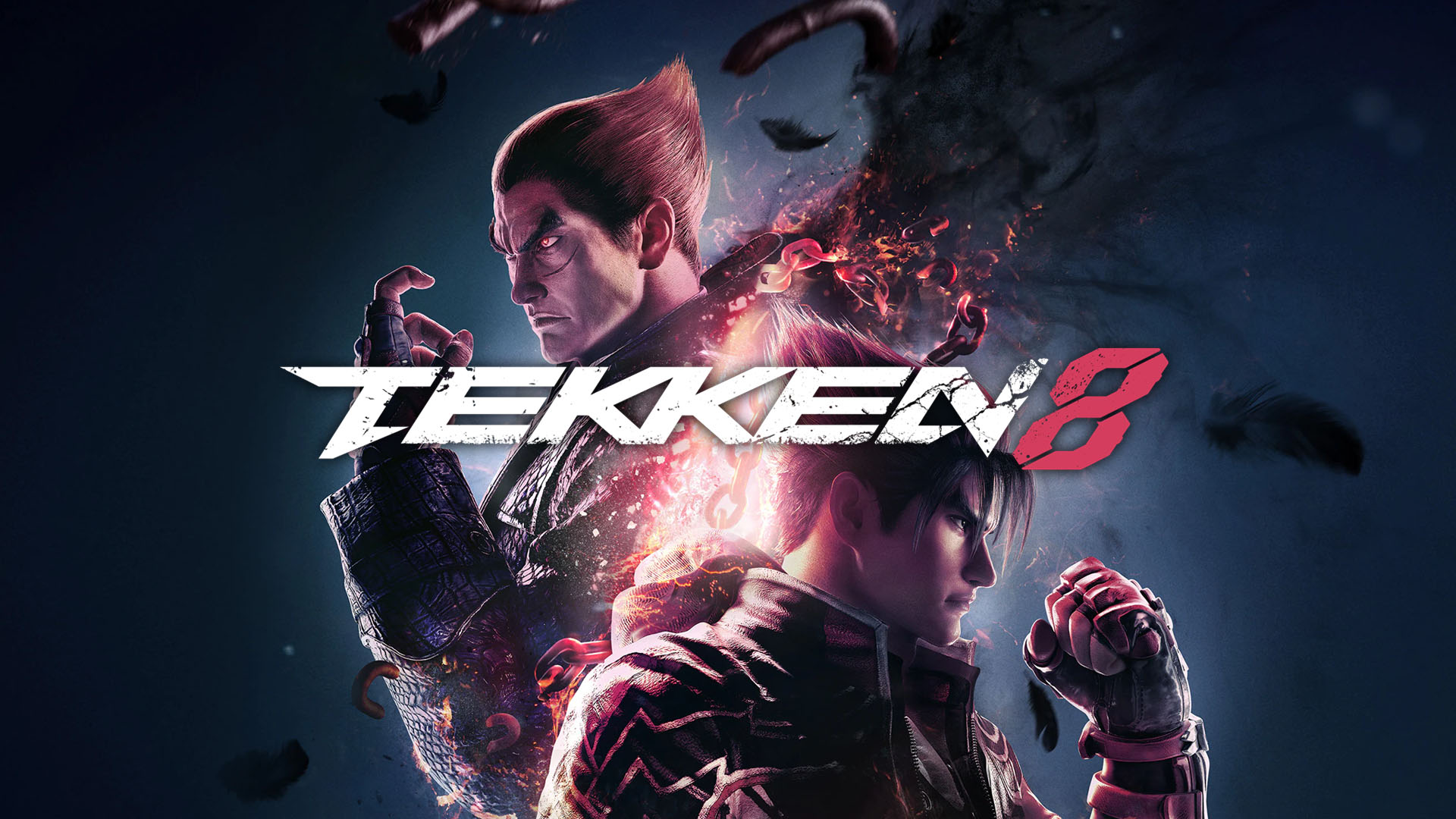
Tekken 8 has been out for a few weeks now, and after playing for 100 hours I know I still can only scratch the surface of this game when trying to review it. Fighting games in general are quite complex, but Tekken as a franchise has always been known to be exceedingly complicated.
I previously played Tekken 7 for about 100 hours, which gave me a significant head start when jumping into Tekken 8, as a large amount of that knowledge and experience does carry over. I have also been able to carry over general 3D fighting game knowledge from Tekken’s sister franchise via Soulcalibur VI.
When including time played at major tournaments, I have played all told for nearly 2000 hours. Project Soul, the internal development team at Bandai Namco for Soulcalibur games, assisted in the development of Tekken 8, and their influence can be seen all over the game. How does Tekken 8 shape up? Read our review to find out!
This is a review coupled with a supplemental video review. You can watch the video review or read the full review of the below:
Tekken 8
Developer: Bandai Namco
Publisher: Bandai Namco
Platforms: PC, PS5, Xbox Series X|S
Release Date: January 26th, 2024
Players: 1
Price: Base: $69.99 USD
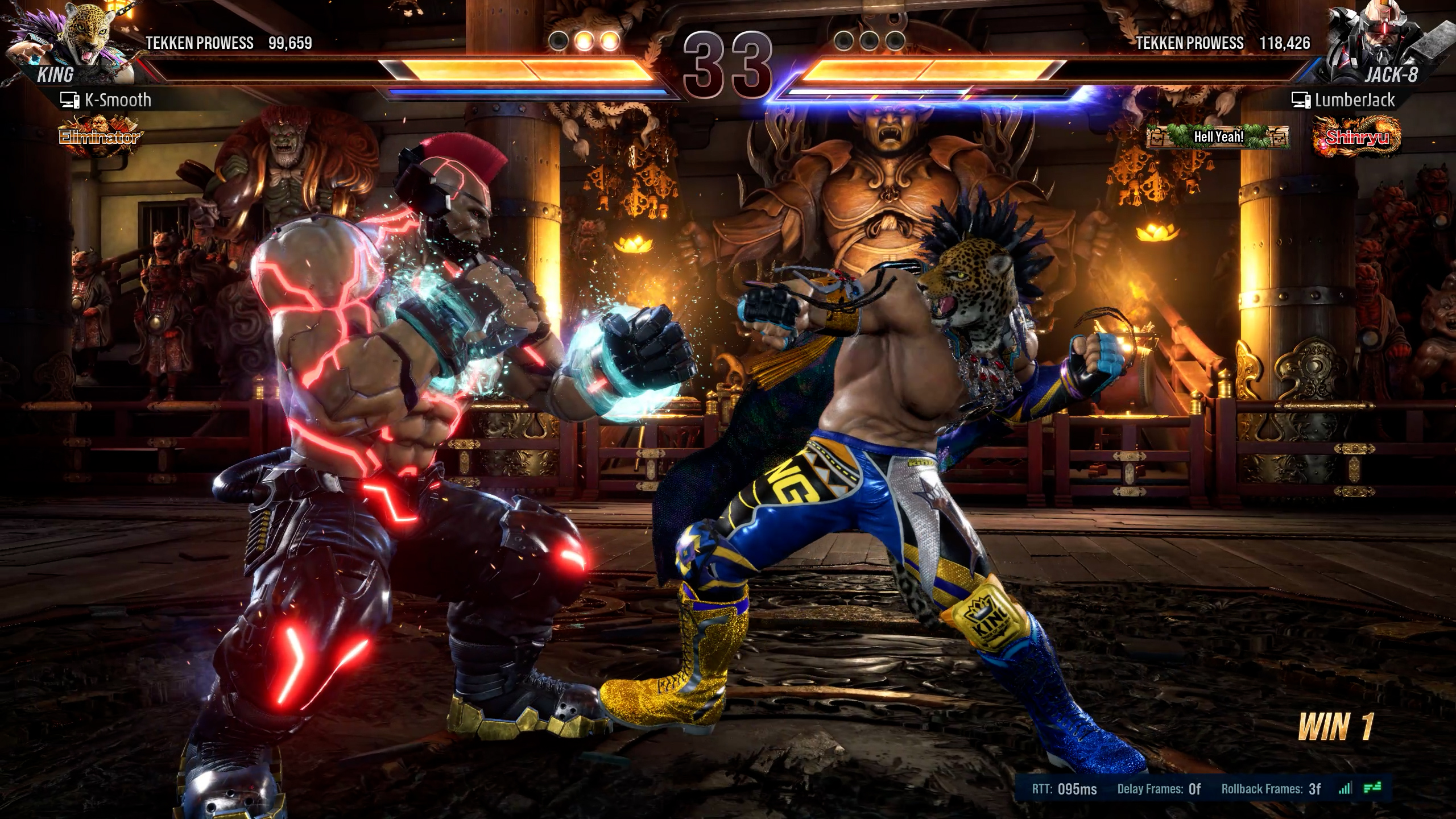
The primary new mechanic of Tekken 8 is the “Heat” system, in which at the start of every round players are given a full bar of “Heat Gauge,” that when activated will power up characters in a variety of ways. Heat can be entered manually with the Heat Burst attack which is assigned to the attack buttons 2+3, and doing so will consume a portion of the Heat Gauge, lowering the amount of time that can be spent in Heat mode.
However, if an opponent is hit by an attack with a heat engager property to it, then Heat Mode is activated at no cost. After activation, the player is often then automatically transitioned into a sprint that takes you right up to the opponent’s face, and you are given enough frame advantage so that the opponent is forced to guess what attack is about to come at them.
High, mid, low, throw, whatever you choose, they need to be able to read your mind, and if they guess wrong it’s going to hurt. This is one of the key features of the “aggressive” play style that has been central to the game’s marketing.
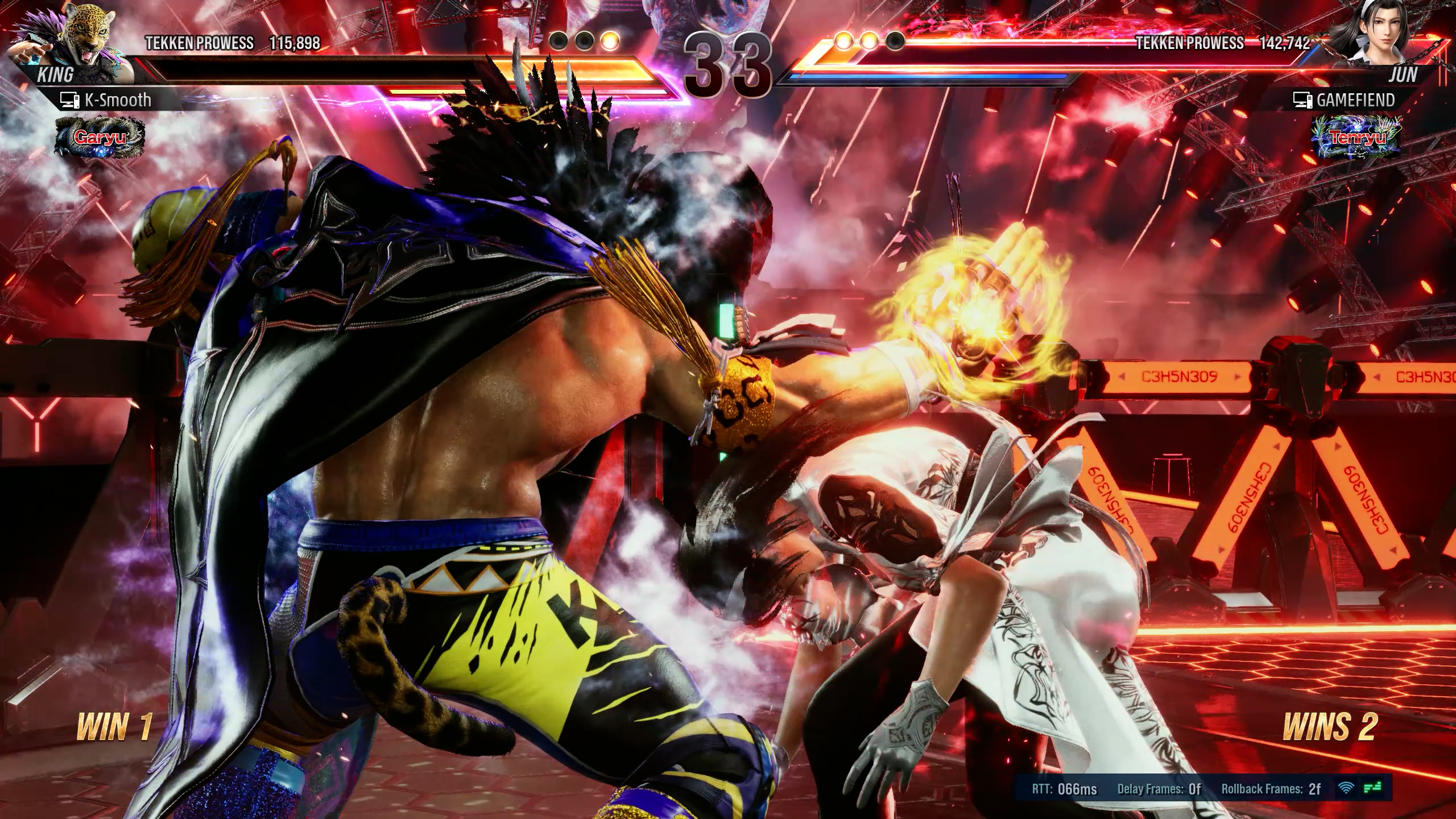
Promoting aggression in the game really boils down to giving players reasons to choose to attack, rather than to retreat or be defensive. High level competition in Tekken 7 became well known for its defense heavy, “Korean Back-Dashing” style of gameplay, where the aggressor was more likely to get whiff punished than anything else. So to promote aggression, along with the aforementioned Heat system, Tekken 8 has done a variety of things to get the player to be pushing buttons.
When taking damage from certain attacks, a portion of the health lost is highlighted white, and can be regained by attacking the opponent. Even if the attack is blocked, a small portion of health is still recovered.
Certain attacks will also perform chip damage, meaning that the opponent still takes damage when blocking the attack, however this again is highlighted white so it can be recovered. The end result is that under the right sequence of events, a life lead can turn into a life deficit very quickly.
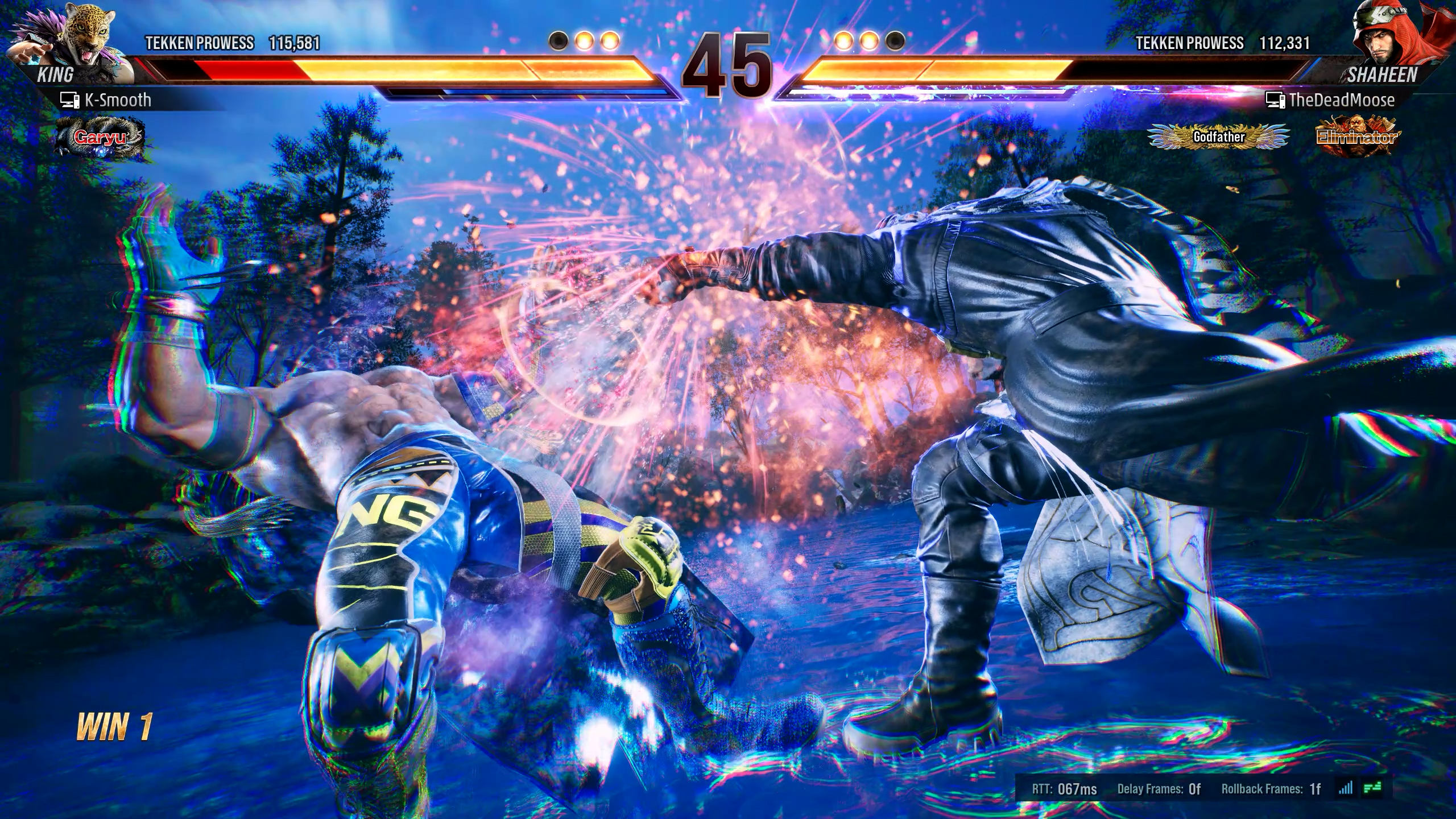
Some characters in Tekken 8 are also specifically designed with aggressive in-your-face pressure in mind, and as such are given attacks and strings of attacks that have not just the usual built-in mix-ups, but also plus-on-block frame advantage, meaning that even if you block the opponent’s attacks, it’s not technically “your turn” yet.
Without strong knowledge of how these characters function and the ability to guess the opponent’s likely actions, dealing with these characters can be a nightmare. However, to give newer players an easy solution to this problem, Tekken 8 has become quite generous with “Power Crush” attacks. Essentially, these moves give the player “armor” that lets them take hits and then attack through them despite taking damage.
The Heat Burst attack, for example, has been given this property. The armor of a Power Crush can be defeated by lows and throws however, so they aren’t a solution for everything. My main character, King, has been given this armor property to a crazy number of his moves.
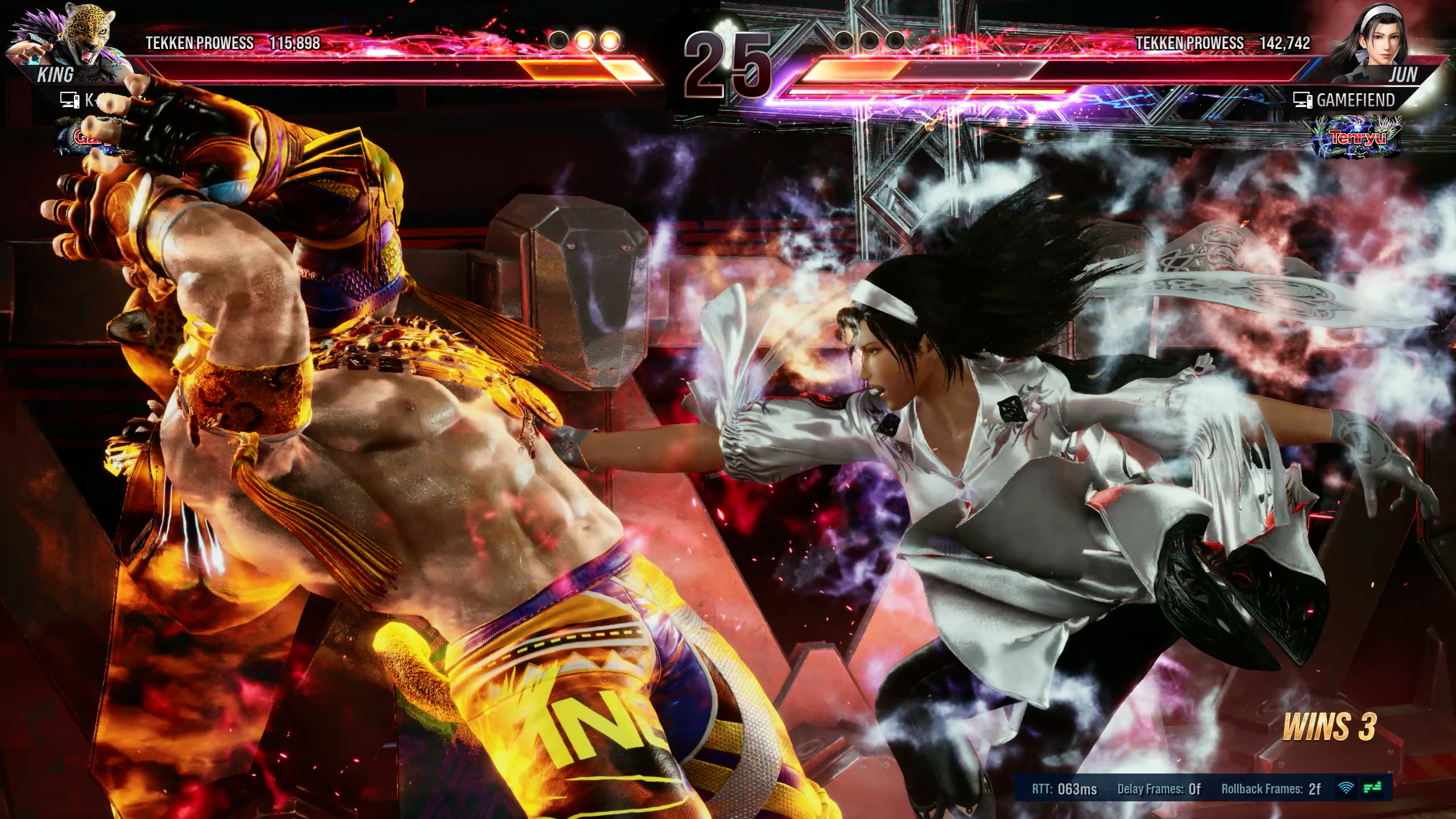
His Back+3 kick for example now has it, a move which already had plenty of utility as it is a fairly fast attack with good range, making it useful as a keep-out tool. On top of this, Back+3’s follow up 1+2 attack used to have a more strict input timing, where the intent was for 1+2 to be pressed the moment Back+3 hits an opponent, but now the input window for it is huge, requiring minimal effort.
This simplification of King’s Back+3, 1+2 isn’t a one-off. All across Tekken 8, the famously strict input requirements for attacks have been eased up on, making the game far more accessible to new players. In the past, complex input sequences could be simplified through buffering tricks, and those buffering tricks can still be utilized where desired, but the overall need for them certainly has been reduced.
King’s “Shining Wizard”, if it was to be performed when standing up close to the opponent, required Forward Forward Forward 2+4 to be input with just the right amount of speed and precision, which took time and practice to master. Despite being made easier in Tekken 8, if input perfectly just like it was in Tekken 7, the player is rewarded with a blue spark version of the attack, which gives a bit of extra damage, and an alternative camera animation for that added flair.
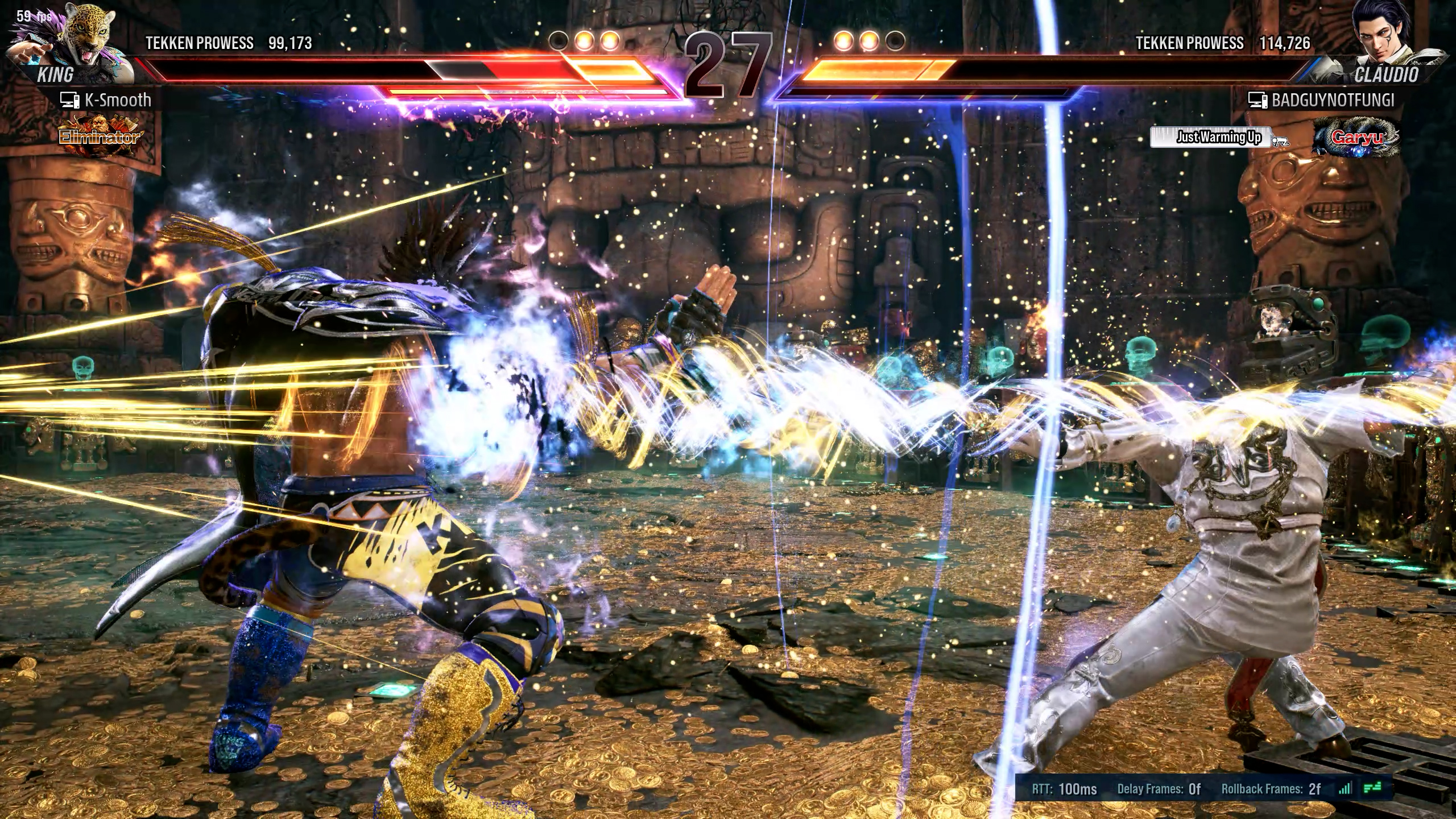
Just as there are characters that are designed with aggression in mind, there are also characters that are designed with ease of use in mind. Here enters two of Tekken 8’s three new characters to the roster: Victor and Azucena. Victor is designed to be extremely flashy, as he slings a flurry of knives, swords, and gunshots at you, all while teleporting around the stage.
By and large a new player can easily do his strings by just mindlessly mashing buttons on the controller. It might get some free wins against other new players, and feel good in the short term, but when faced with an opponent who knows how to counter him, learning to play the game this way risks becoming a handicap in the long term.
Azucena on the other hand takes a different approach to ease of use, with her kit revolving around: 1) strings that lock the opponent into a state of blocking, thus preventing other actions from being taken, 2) being plus-on-block, and 3) setting up a forced mix-up situation similar to the heat mechanic mentioned earlier.
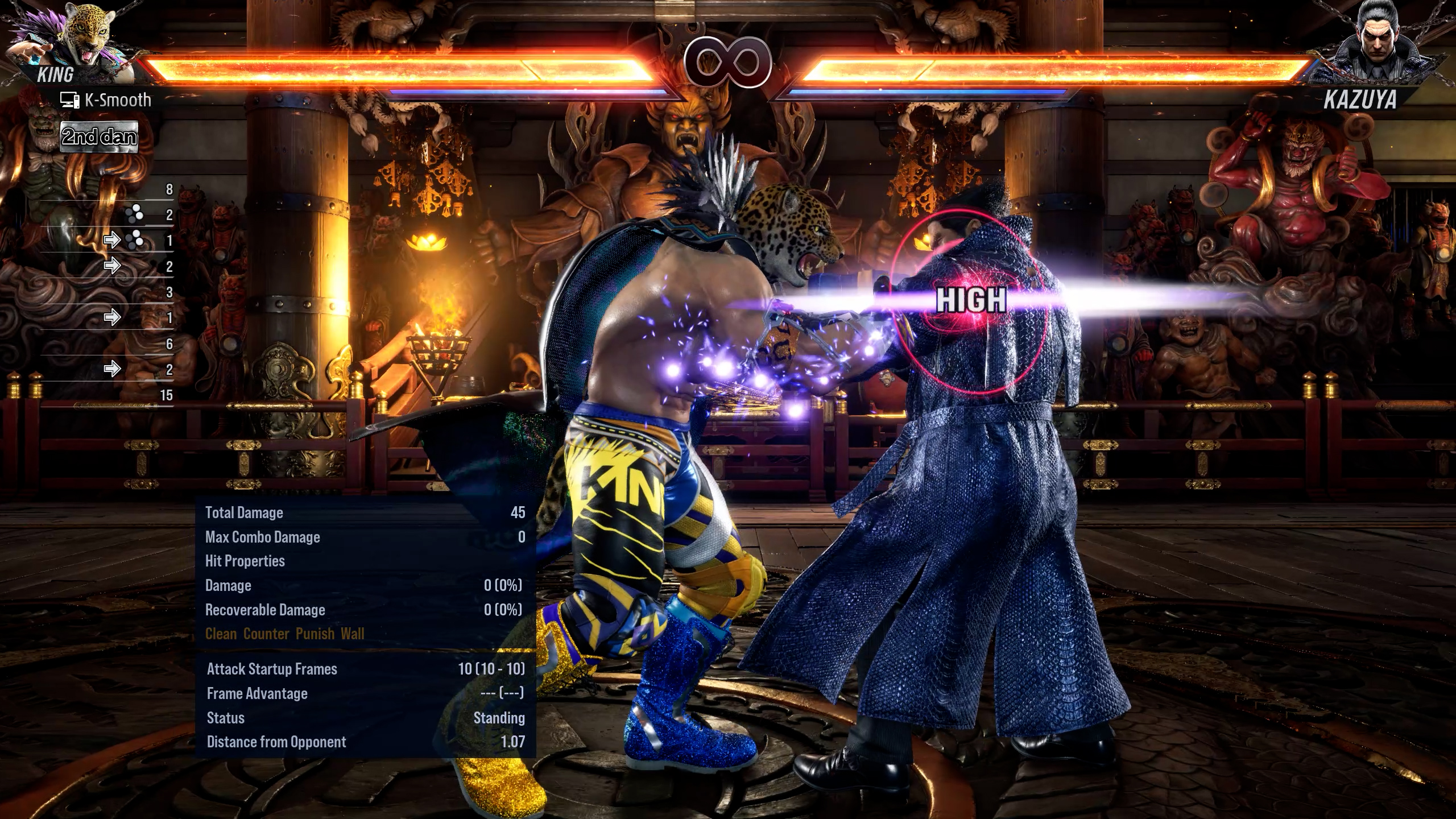
Another part of her kit is the ability to automatically dodge certain types of attacks from stance, however, the jailing plus-on-block forced mix-up shenanigans are so powerful that I rarely see Azucena players bother with the auto-dodging stance stuff.
The other newcomer, Reina, is kind of an interesting mix. She has the high skill technical move set in the form of the classic Mishima family wave-dash into Perfect Electric Wind God Fist stuff going on, but she also has a bit of the plus-on-block string pressure stuff to make her easier for new players. She might be the quintessential example of “low skill floor, high skill ceiling” character design.
Performing a Perfect Electric Wind God Fist (a fast and precise input of Forward Neutral Down Down/Forward+2) can take a long time to master, however in Heat mode Mishimas are able to get the “perfect” version of the attack without actually inputting it perfectly. Another example of Tekken 8 easing up on input requirements for attacks.
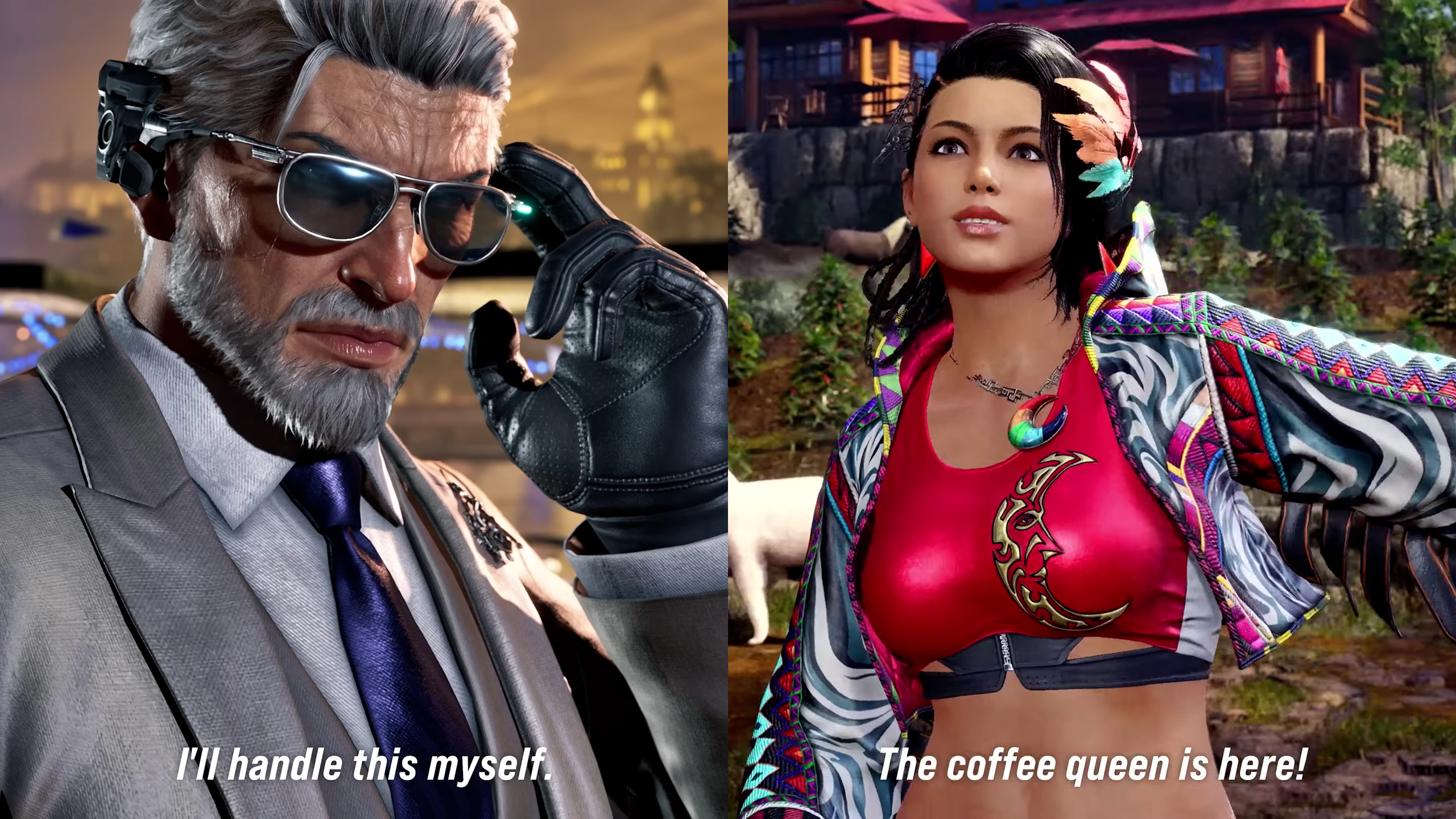
Since we’re back on the subject of Heat mode, pressing 2+3 while already in Heat performs a “Heat Smash” attack, which have unique properties depending on the character. In Tekken 7, players who were low on health entered a “Rage” state that gave them access to a “Rage Art” attack, and a “Rage Drive” attack. The purpose of Rage Drive was to give players an opportunity to forgo the easy damage of a Rage Art, and instead attempt to get even more damage out of a Rage Drive combo.
However, Rage Drives are now gone, and Heat Smash is their replacement. King’s Rage Drive was a downward smash attack that had the ability to launch an opponent into the air for a combo. He could also use it pummel an enemy who stayed on the ground, setting up an opportunity for further ground attacks.
In Tekken 8 however, King’s Heat Smash takes the animation of his previous Rage Drive and turns it into an absolutely devastating attack, dealing 64 damage outright and 70 damage while in Rage. It does 68 damage as a counter-hit, and 74 as a counter-hit in Rage.
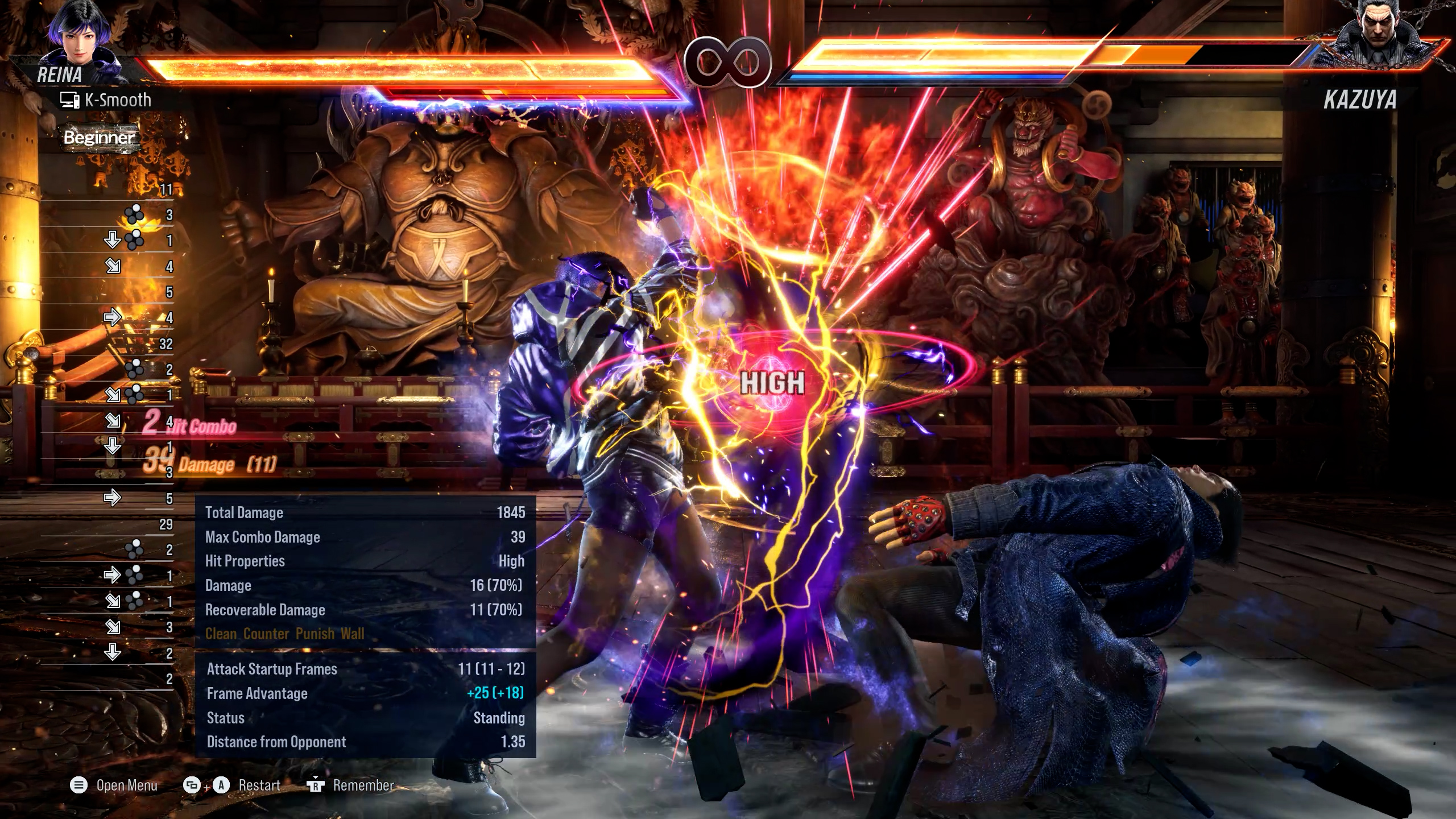
If you’re near the end of a round and you still have Heat, there is almost no reason to go for King’s Rage Art over his Heat Smash. It wouldn’t surprise me if the damage of King’s Heat Smash gets lowered in a future patch, but it would be nice if they also did something a little extra to it, like adding a cancel for the animation on hit so that I could take a chance on performing a high damage combo instead.
Now it’s time to talk about Tekken 8’s netcode, and how it compares to the competition. At this point rollback netcode is the standard for fighting games, releasing a new fighting game without it is unthinkable. Even some old fighting games have been getting patches that introduce rollback, and it can really breathe new life into them. Enter Arika, the developer of Fighting EX Layer, who was contracted by Bandai Namco to implement rollback into Tekken 8… sort of.
I have reason to believe that under the hood, Tekken 8 is still delay based netcode, with an extra layer of rollback on top. The display on the bottom right side of the screen during a match lists the ping to the opponent, number of input delay frames, and number of rollback frames. However, the ping is highly suspicious, as I have played with friends who are not very far away, wherein the ping should be far lower than what is displayed.
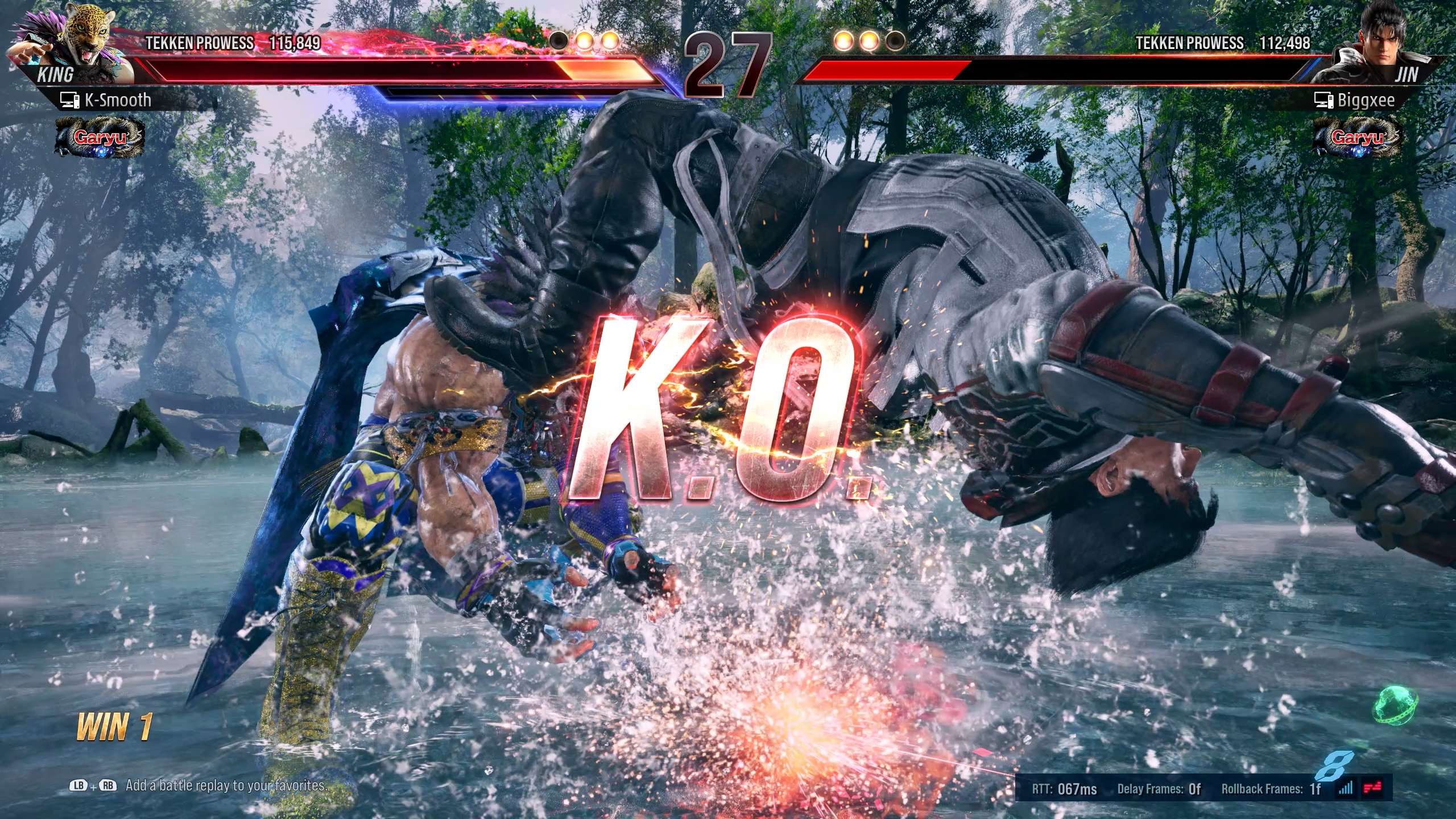
It behaves very much like a baseline number of delay frames are being hidden inside of your total ping, and any additional frames of delay above the baseline would be displayed on the delay frames display to the right of it, but I can’t yet be completely certain. At any rate, Tekken 8’s online experience does feel like one step above Tekken 7’s, but when compared to Street Fighter 6 and many other 2D fighting games with rollback, it still feels like it has some catching up to do.
It should be obvious by now that when talking about fighting games, I have competitive play exclusively in mind, but it’s only fair that I briefly touch on the other parts of the game that cater to single player and casual audiences. You see, fighting games were the product of the arcade era. The game design was built entirely around the aspect of a one-on-one fight with another player, and for this purpose they were honed to perfection.
However, when it came time to port these games to home consoles over the decades, particularly in the days with little or no online multiplayer available for said consoles, developers needed to add in extra features to make the purchase worthwhile. Thus began the practice of awkwardly trying to shove in a storyline for the characters to play through, and even attempting to develop alternative game modes that don’t resemble fighting games at all.

As a kid I was able to have some fun mashing buttons in the single player modes for games like Soulcalibur II and III, but now that I know how fighting games actually work and have played them against other people who know how they work, modern attempts at this single player formula just feel completely outdated.
Fighting against the computer is either exceedingly easy, or stupidly difficult, because the computer can only be programmed to suck at the game, or to read all of your inputs and instantly counter them.
In the case of the later, the strategy you must take to win is to just keep blocking until the computer does an attack that is punishable, and in the case of 3D fighters occasionally know when to side step an attack and punish them for it. Please note that I beat Tekken 8’s single player on hard in one sitting, and if I look like a total moron in any of the video footage, it’s because I really only know how to play King, playing other characters is basically me also learning them in the process.

Anyway, story mode for fighting games really just boils down to watching cutscenes, then two characters fight for a very contrived reason, then more cutscenes, then more contrived fights, so on and so forth. Then, at one point, you encounter the not-a-fighting-game mode, in this case it’s Tekken Force mode. Your character controls are the same, but now your camera is rotated behind you and you get to fight a group of enemies who will die in short order.
Really you’ll just spend most of your time pressing the Heat Smash button over and over again, however I must admit being able to “Giant Swing” an enemy and hit the surrounding enemies with him put a smile on my face. There are also “Character Episodes” that can be played, which each provide their own little ending cutscene that gives some extra story to the characters, although they often have a comedic angle to them and I don’t think they are usually canon.
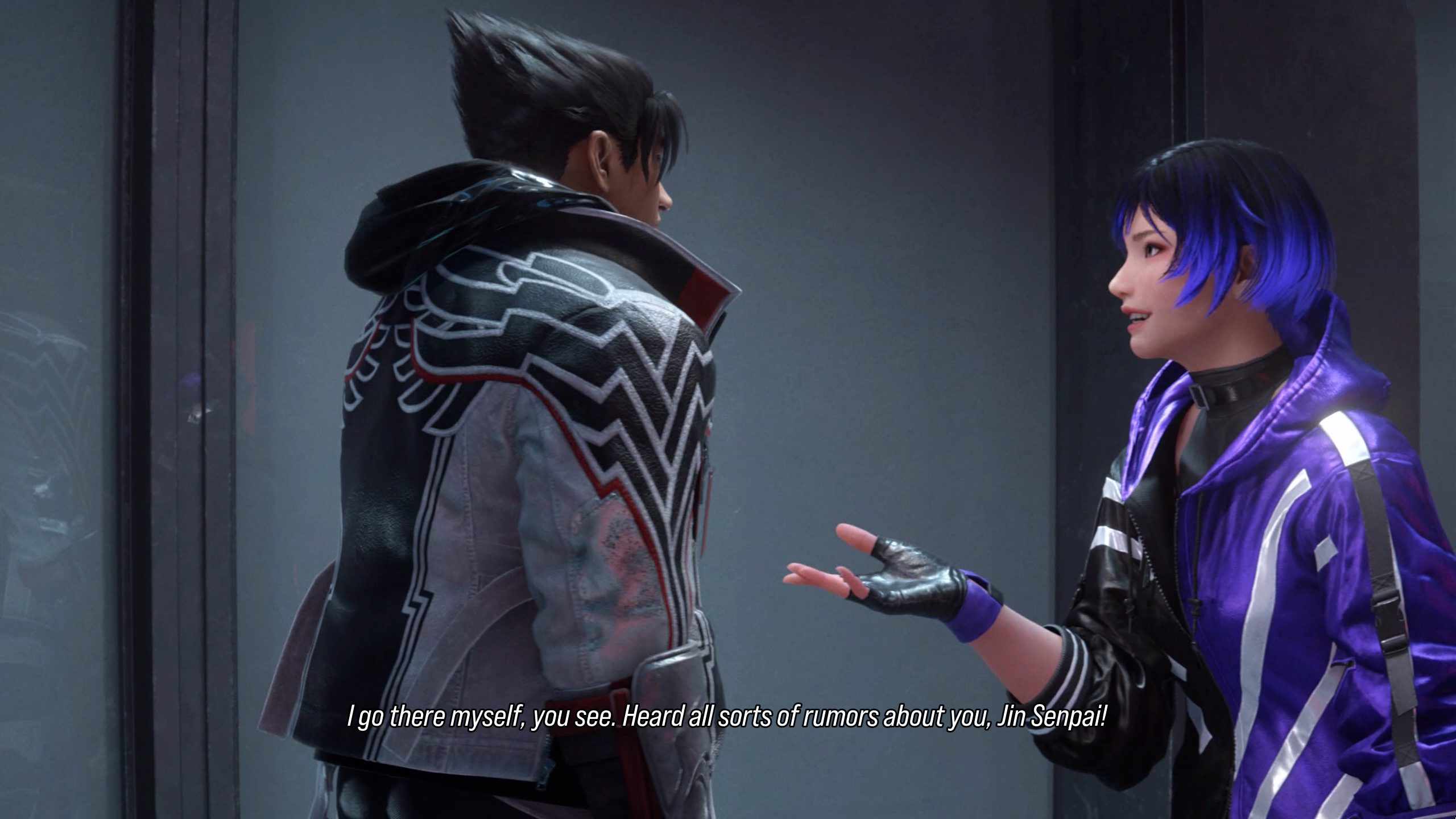
For anyone who is completely new to Tekken and perhaps fighting games in general, Tekken 8 does make a solid effort at providing an extended tutorial through the “Arcade Quest” mode.
It has its own little plot going on where you pretend you are climbing through the ranks of your local arcades in order to eventually beat some hot shot rival player, but I can’t really judge how effective this will be at teaching someone since I’m already well beyond the need for this sort of thing. If any of you out there end up utilizing this mode to learn from scratch, you’ll have to tell us if you think it does a good job.
Tekken 8 also has the “Tekken Fight Lounge” mode, which aims to provide a more social experience for players. It has the appearance of a giant mall with a huge dedicated arcade area, attempting to appeal to the nostalgia of the arcade era some of us experienced growing up.

Although it’s a nice gesture, and a logical choice of theme, it only manages to fill me with existential dread, as it’s merely a digital simulacrum of what once was, and never will be again; but hey, at least you can “Tekken Ball” here.
It’s actually quite fun if you need something much more casual to goof around with. As far as I can tell the best strategy is to pick a character with a fast Power Crush, making it easy to hit the ball and load it up with speed and damage.
This was supposed to be the part where I ended my review, however on February 20th, Bandai Namco gave a presentation about some updates coming to Tekken 8. They showed off Eddy Gordo, with his new animations and mechanics, and some quality of life changes, things like that, but also they announced the “Tekken Shop,” where players will be able to purchase “Tekken Coins” and then use them to buy character outfits and items.
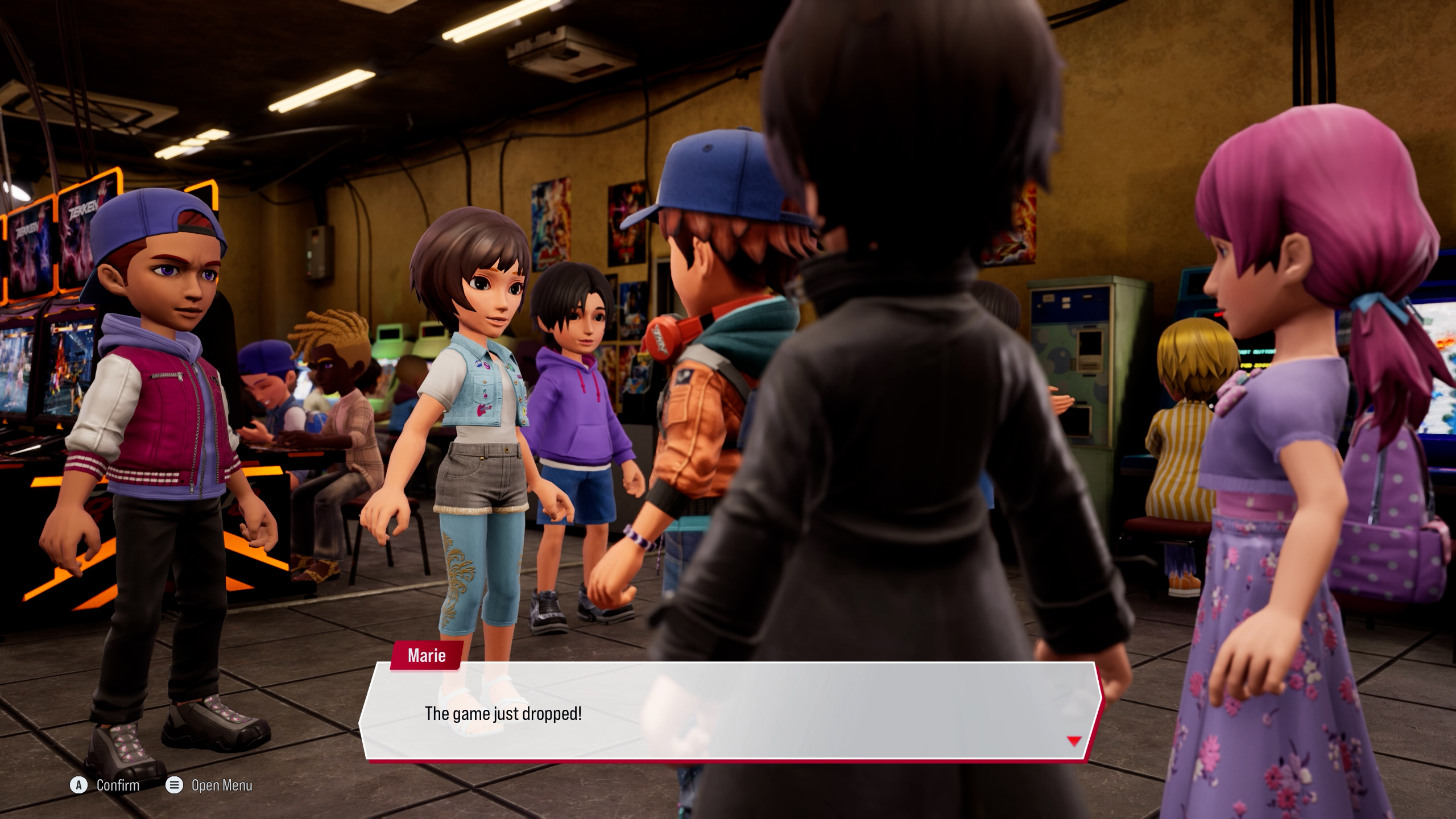
This announcement has caused quite the stir online. It seems like for most people, this plan for further monetization of the game was a complete surprise, but for me I knew it was going to happen from the start, and I’m surprised more people didn’t see it. There is a room in the Fight Lounge that absolutely screams “PAID COSMETICS COMING SOON.”
Soulcalibur VI had a mix of free and paid items for character customization, however they did not resort to the “premium currency” route with that game. I’m not going to go into the weeds about industry trends, development costs, what constitutes fair pricing for DLC, etc., I’m just going to say that all you can really do to fight off undesirable business practices is to not spend your money on them. Instead, be an absolute Giga Chad like myself, and always use the default outfits.
Tekken 8 was reviewed on Windows PC with a review copy obtained by Niche Gamer. You can find additional information about Niche Gamer’s review/ethics policy here. Tekken 8 is now available on Steam, PlayStation 4, and PlayStation 5.